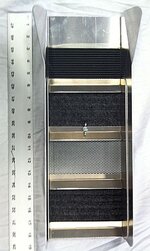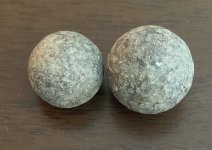outwardjourney
Jr. Member
- Aug 17, 2010
- 26
- 6
I got this sluice from a friend who was selling off his equipment. This was the last of it, still new in the box. I wanted to get this to make a completely self contained recirculating sluice for ultra fine cons. The issue is sluicing is a new area for me. I am trying to find out what size pump I need, and what angle the sluice should sit at. Below is an image and the dimensions of the sluice.
Thanks!
He called it a bucket sluice or mini travel sluice. Doesn't look like a bucket sluice to me. But see attached for picture.
The dimensions are about 18" long, 6.5" wide and about 3" high. 18 x 6.5 x 3
How do you guys determine what pump and angle it should be at knowing just the dimensions?? Is there a formula that I missed? Searched everywhere and was told to ask you fine gents here on the forum!
Thanks!
He called it a bucket sluice or mini travel sluice. Doesn't look like a bucket sluice to me. But see attached for picture.
The dimensions are about 18" long, 6.5" wide and about 3" high. 18 x 6.5 x 3
How do you guys determine what pump and angle it should be at knowing just the dimensions?? Is there a formula that I missed? Searched everywhere and was told to ask you fine gents here on the forum!





